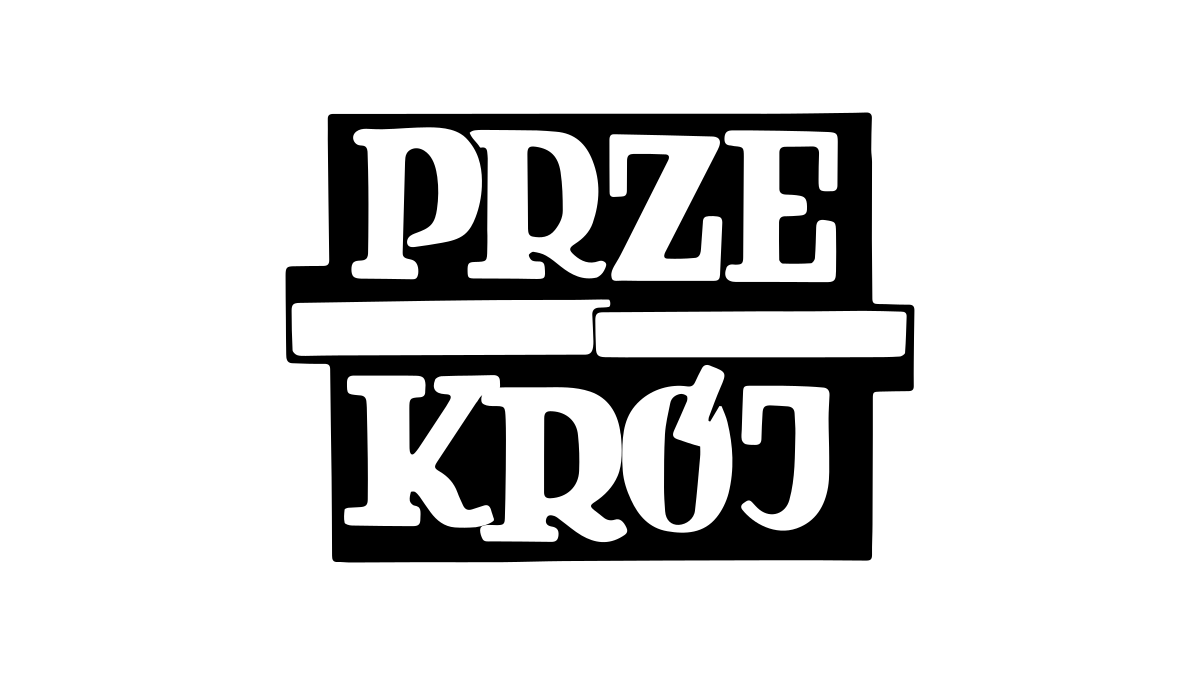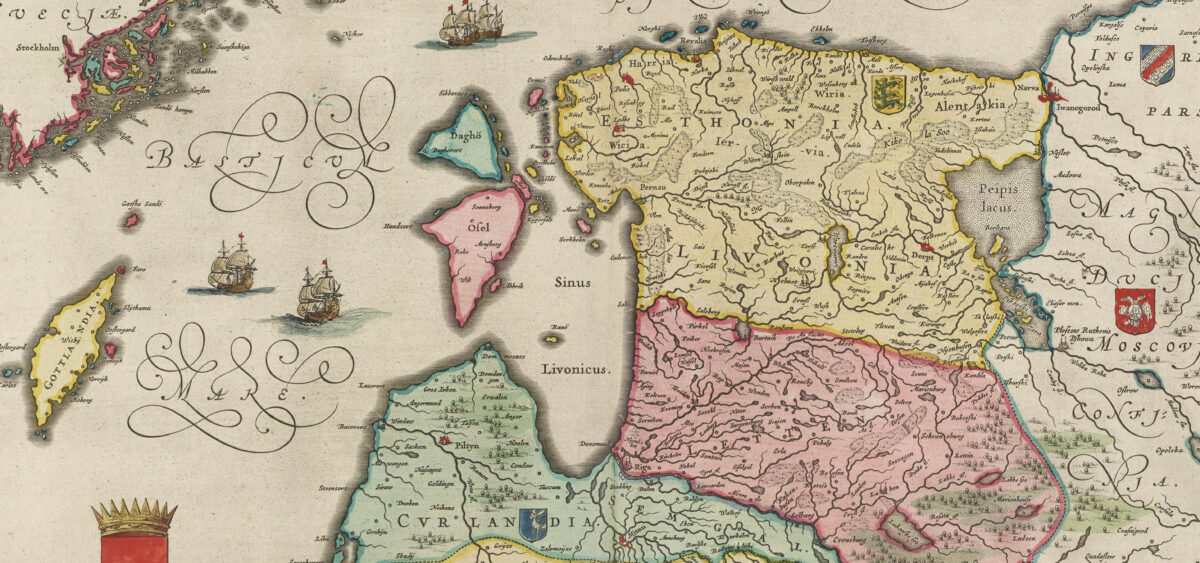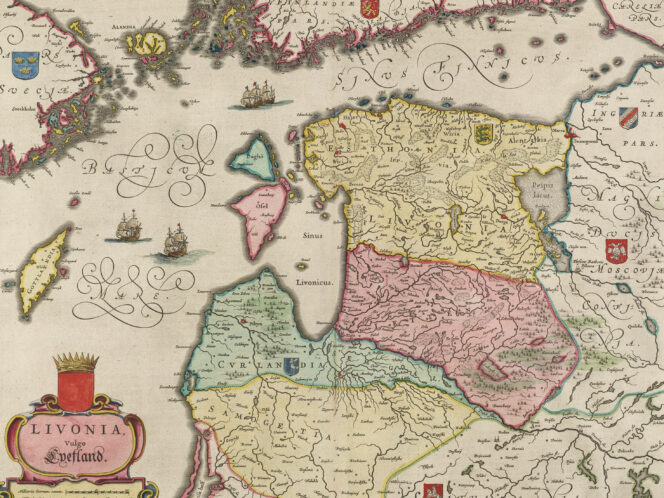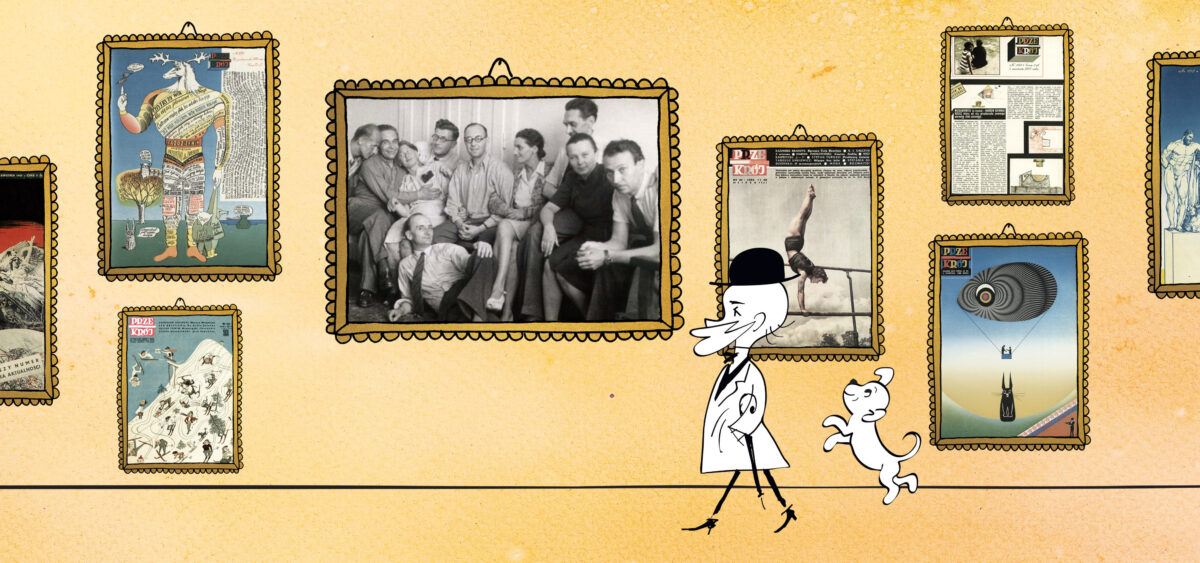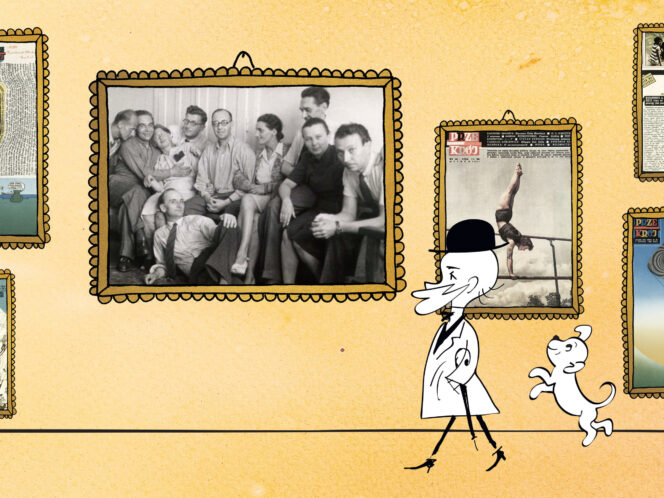
Some were looking more to the west, others to the south. They all greatly valued freedom. The history of the Baltic nations is a story of a not-so-easy battle for autonomy.
The names of the three countries are often said in one breath and looked at as a single entity. However, the fates of Lithuania, Latvia, and Estonia, although often intertwined, are decidedly separate. Even a superficial knowledge of them makes it easier to understand the cultural, religious, and linguistic differences between these peoples and nations.
The Last Polytheists of Europe
Today’s Baltic countries had a similar early history. In the early Middle Ages, the tribes inhabiting these territories were surrounded from the east and the south by the far more numerous Slavs, and over the Baltic Sea by the Germanic peoples. They created a kind of linguistic and religious island, although they were not uniform themselves. They belonged to two distinct language groups: the larger of them was composed of the Balts, whose languages gave birth to the Lithuanian and Latvian languages of today, while the other group used the Finno-Ugric dialects from which the modern Estonian language originates. Both groups had their own polytheistic religion.
The highest deity in the Lithuanian pantheon was the mighty Perkūnas, god of heaven and thunder, unknown to ancient Estonians, who basically did not recognize any hierarchy among their gods and guardian spirits.
Religious isolation had its long-term effects. Remnants of the old faith lingered on the Baltic for many centuries after the formal introduction of Christianity. At the end of the sixteenth century, the papal nuncio in Lithuania lamented that peasants from villages located just a day’s journey from Vilnius did not know the basics of the Christian faith. The inhabitants of Lithuanian Samogitia worshiped snakes even many years later, and Estonians in the nineteenth century were still leaving gifts of food and money in special wooden boxes for their guardian spirits. These traditions are still alive in the folklore of the Baltic nations.
The territories of modern Estonia, Latvia, and Lithuania would have probably remained non-Christian for much longer if it hadn’t been for the outrage of medieval Catholics: Germans, Danes, Swedes, and Poles. Their ignorance of the Gospel and worship of many gods, trees, and sacred groves was corrupting and in need of change. In 1171, or 1172, Pope Alexander III issued a bull where he called for conversion of the heathens from the north by fire and sword. During the Baltic crusades, the
